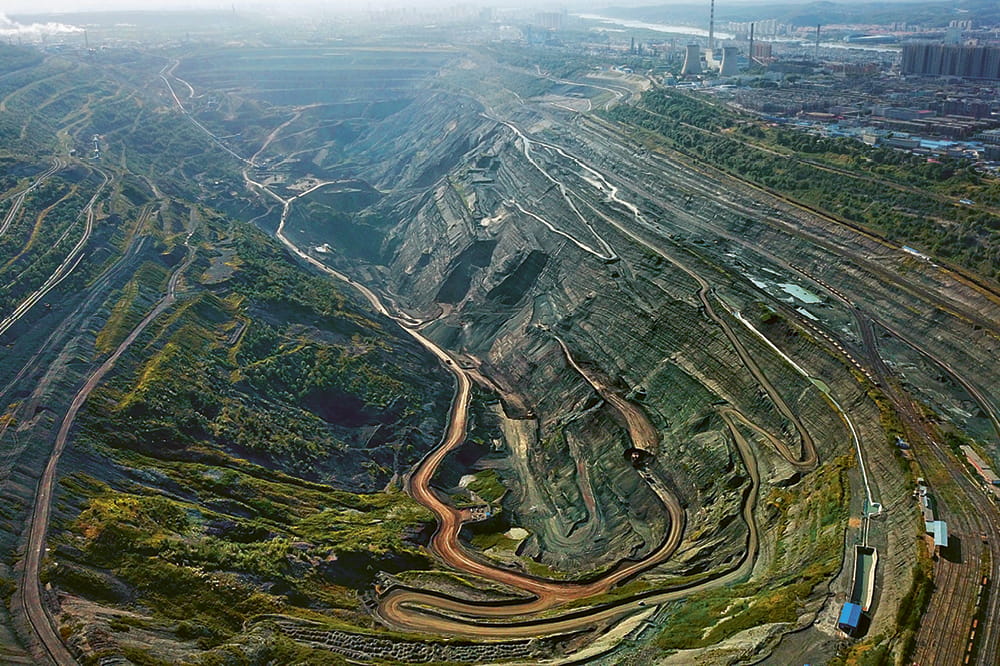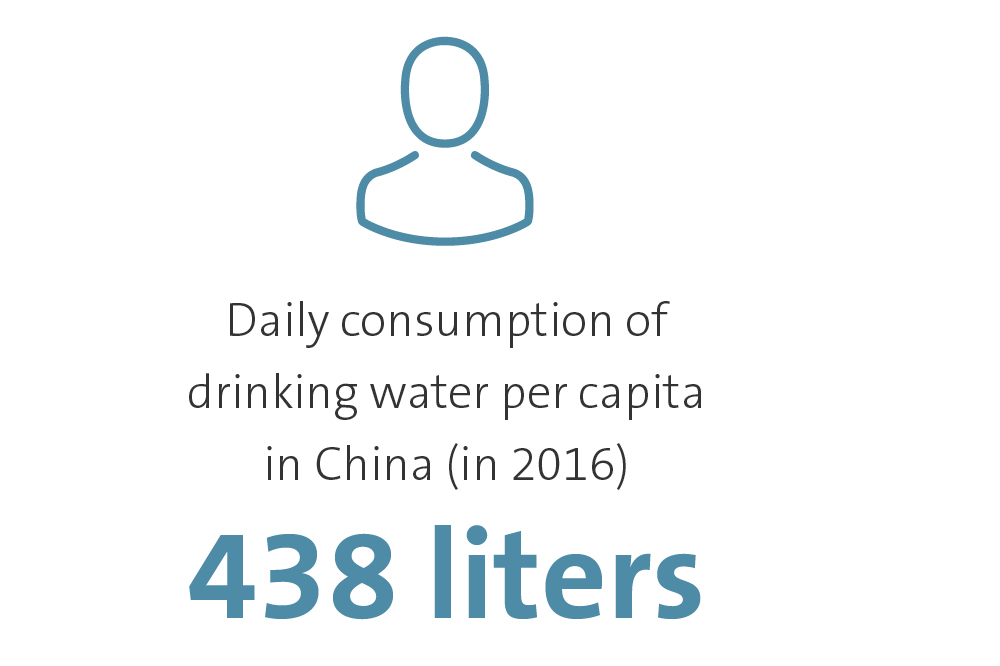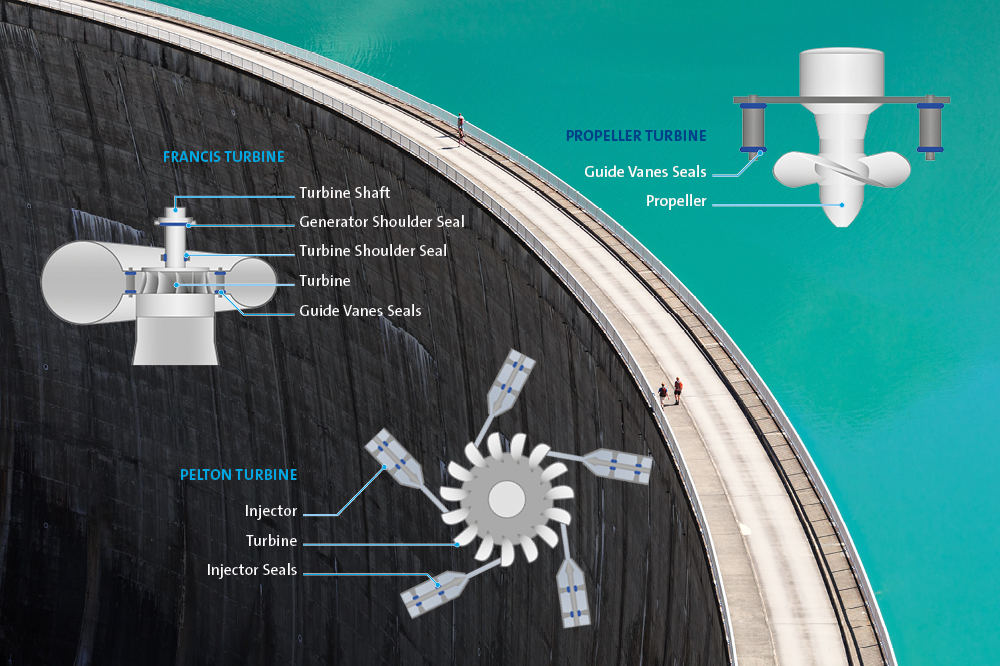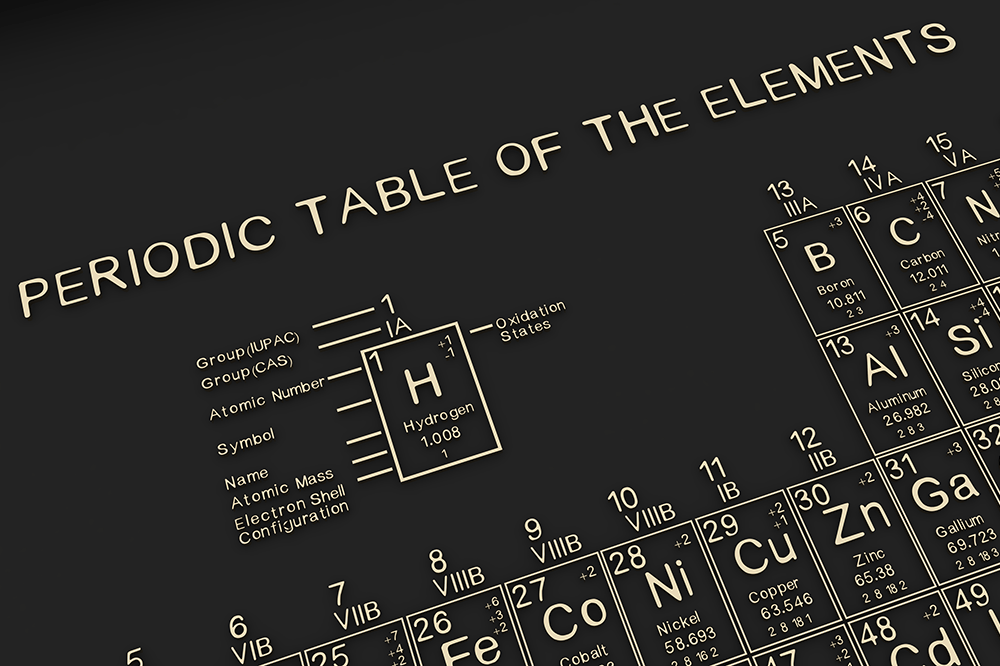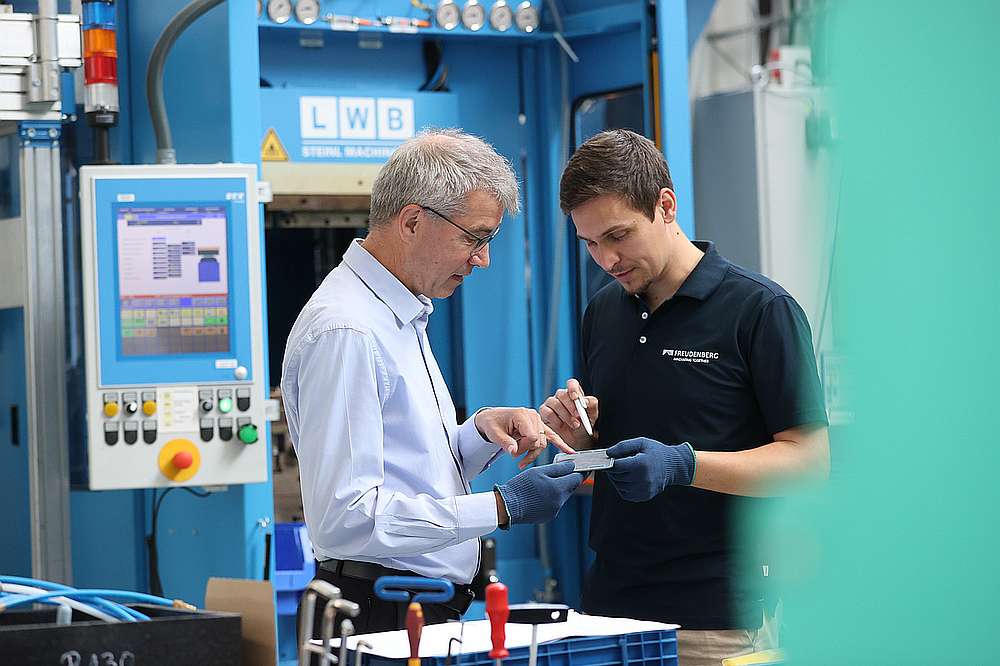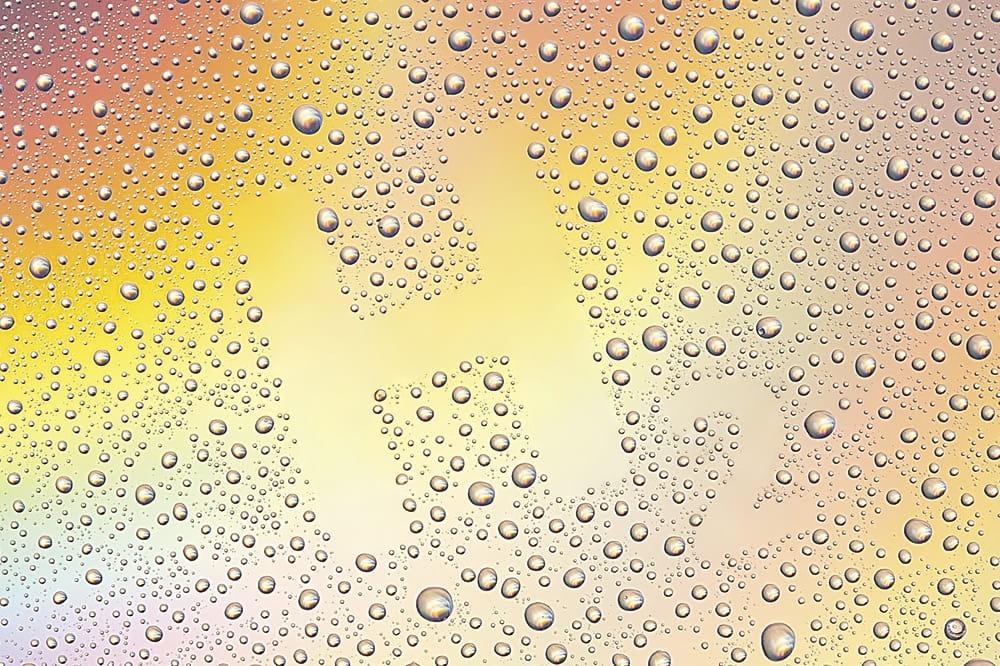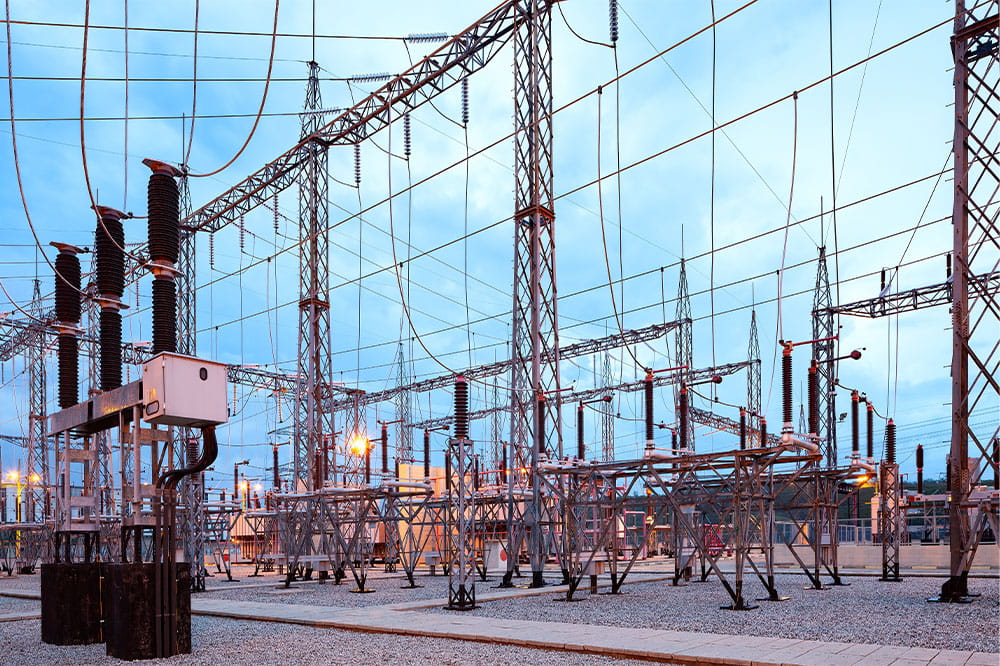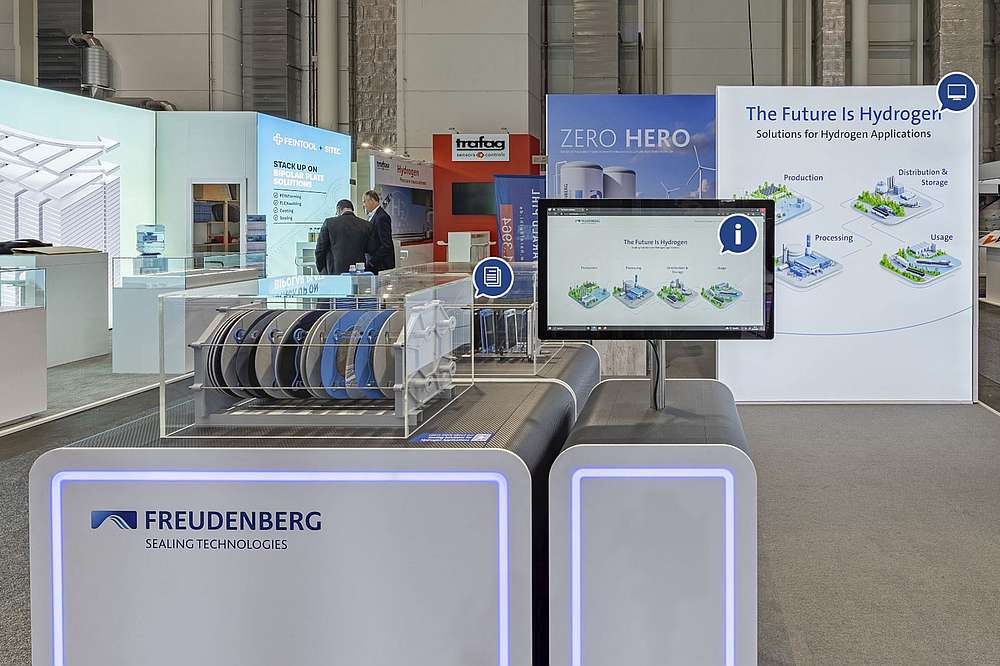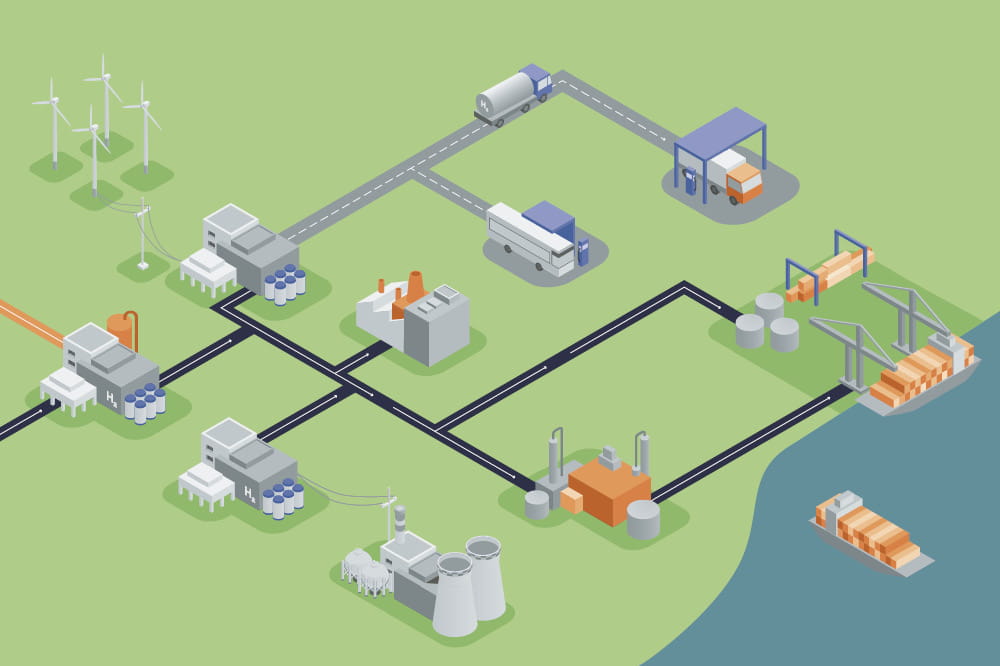Obtain news and background information about sealing technology, get in touch with innovative products – subscribe to the free e-mail newsletter.
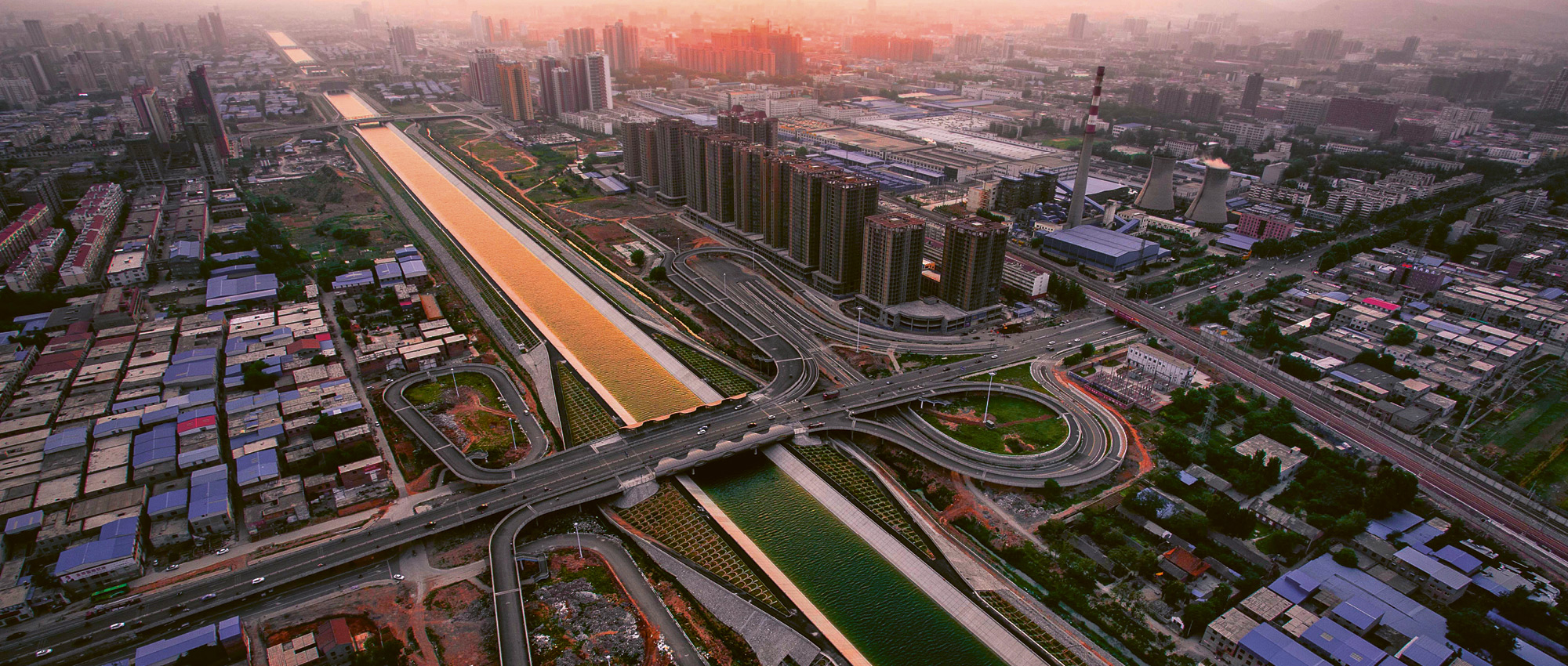
26.04.2022 | Story
The Water Flows From the South
Beijing and northern China are suffering from an ongoing water shortage. Since 2014, drinking water has reached the Chinese capital through a system of canals from the South. Despite these efforts – or perhaps because of them – the government is now stressing water conservation and treatment.
The recent Olympic Winter Games in Beijing reminded observers that the capital area is one of the driest regions in China. A few years ago, it was only a reservoir in southern China that kept it from running out of water. Not a single raindrop or snowflake fell on the city between October 23, 2017 and March 17, 2018. It was the city’s longest drought since meteorological record-keeping began. But Beijing residents didn’t have to limit their consumption because water continued to flow from the South. The so-called South-North transfer is the largest water diversion project in history. The precious liquid has been pumped from China’s rain-soaked South to its arid North over two routes: from the Danjiangkou reservoir to a Yangtse tributary, and from the old imperial canal into the Yangtse port city of Tianjin. At its maximum capacity, the North-South project can send up to 25 billion cubic meters (882 billion cubic feet) northward, year in and year out. The city uses it to cover 70 percent of its drinking water needs and simultaneously solve a major problem: The water table beneath the city has fallen over the years – because Beijing was drawing drinking water from its own groundwater and from surrounding reservoirs.
Low Reserves of Drinking Water
Nature has endowed China with too little water. The country represents about 20 percent of the world’s population but has only 7 percent of its drinking water reserves. And they are distributed unevenly. “Half of the population lives in the North – and this half has less than 20 percent of the country’s water resources available to it,” said Ma Jun, Director of the Institute of Public & Environmental Affairs (IPE) and one of the country’s foremost water experts. Wide expanses of the Northwest consist of grassland, semi-deserts and deserts. Grain farming around Beijing and in northeast China has only been possible with irrigation. The region’s population and economic output are growing, boosting the demand for water. Urbanization is also increasing: The administrative district of Beijing has about 21.9 million residents, according to the Chinese census in late 2020.
The water shortage is self-inflicted in many areas. Across China, this scarce resource is contaminated to an unparalleled degree. More than two-thirds of the groundwater in the north Chinese lowlands is not suited for human consumption, according to a study by the National University of Singapore. China still has to catch up to state-of-the-art standards of water management. Low prices for private consumption and agriculture are an invitation to use water wastefully.
China intends to get its nationwide water consumption under control.
“Too much water is still wasted in Beijing,” Ma said. “People do not have a well-developed awareness of the problem.” Most of Beijing’s residents live in large housing complexes. They often consist of several high-rises, and the management controls their water systems. “Hotels, restaurants and schools consume too much water as well,” Ma said. “The faucets leak, and, the toilets at many sites actually have a water conservation option, but it usually doesn’t work.” Leaks in water lines also account for losses. Moreover, all newly built housing complexes in Beijing have theoretically had to recycle their wastewater for years. But the systems usually don’t work very well.
Saving Water Has to Be Worth It
In China as in other countries, economic measures could lead to a reassessment. Consider Hebei province, which surrounds Beijing and is home to heavy industry and coal-fired power plants. It imposed a water resource tax in 2016. The tax has been levied on companies and individuals who draw their water directly from natural sources or from groundwater. The tax was subsequently expanded to nine other provinces, including Peking and Tianjin. Accordingly, the cost of water for factories is rising exponentially, said Gan Yiwei, a Greenpeace water expert in Beijing. “The more a factory uses, the higher the price per liter.” The measure is achieving its first successes. The China Daily newspaper points to natron producer Tangshan Sanyou Group. With unspecified water conservation measures, its natron plant reduced the share of groundwater it consumes from 60 percent to less than 10 percent.
Large Backlog
But Gan considers coal to be the biggest problem. From mines to power plants and chemical facilities, the sector is extremely water-intensive and consumes much of this life-giving resource in areas suffering from water shortages. This is one reason why the Chinese government halted construction of new coal power plants. The capital has closed its four coal-powered facilities and is turning to natural gas, which saves large quantities of cooling water.
China intends to get its nationwide water consumption under control. It has to conserve, purify and recycle water. To be sure, China is continually investing in new waste water treatment plants, but industrial effluvia is still reaching the environment in untreated form. That’s why a number of Chinese agencies in late 2021 announced the goal of intensifying waste water recycling in a various key industries, including the petrochemical, chemical, steel, paper, textile and food sectors.
“China can still learn a great deal from models abroad,” said Ma, the water expert. He points to Singapore’s successful urban water economy, the low water consumption in Israeli agriculture, and efficient industrial water use in Japan. Modern water conservation technologies are certainly available in China. But the know-how and the will to use them are often lacking – as is the funding. For example, China plans to introduce drip irrigation across the board in China. But Gan of Greenpeace asks: “Do farmers really want this time-consuming process? And who’s going to pay for it?” There aren’t many prosperous farmers in China.
Meanwhile, the North continues to rely on the country’s water transfer project. If it proves insufficient, Beijing will largely get preferential treatment. The surrounding provinces will be left high and dry.
More news on the subject Sustainability

Join Us!
Experience Freudenberg Sealing Technologies, its products and service offerings in text and videos, network with colleagues and stakeholders, and make valuable business contacts.
Connect on LinkedIn! open_in_new